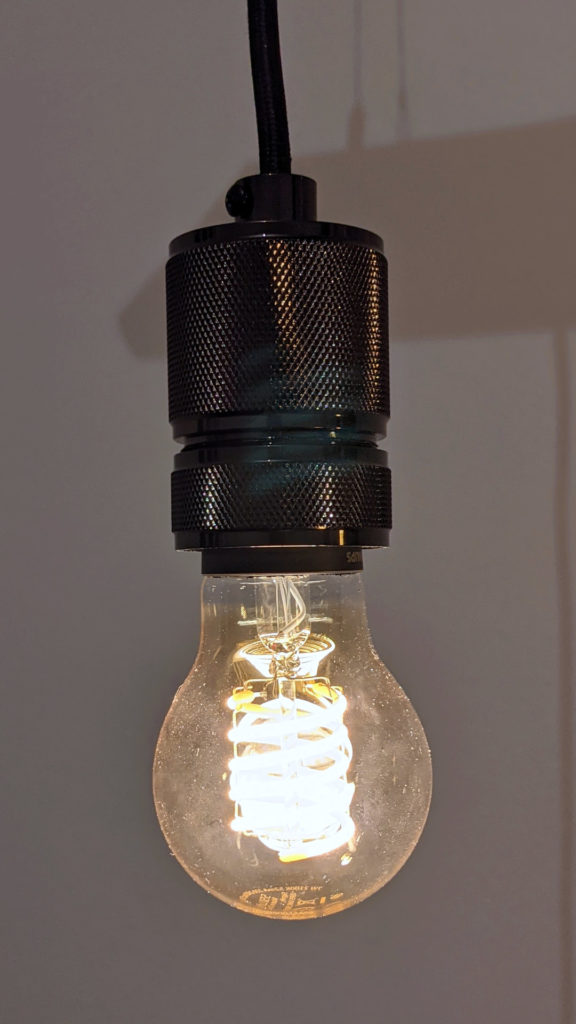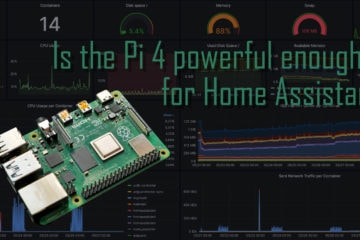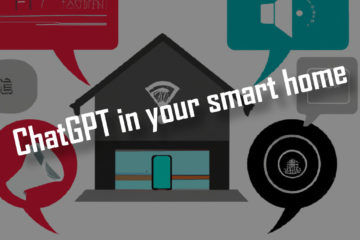Primeday? How to select smart home gear in 2021
Big discount campaigns like the upcoming Amazon Prime Days can be a good time to update your smart home. But how to select smart home gear? Don’t blindly buy whatever is offered – instead find the devices best suited for you. This is how I select my smart home devices.
Decide what you need before buying – select smart home gear that is right for you
In my opinion the most important thing about online shopping is to get baited into buying more than you actually need. Instead make a list of specific things you are looking for ahead of time and then only buy if you find good offers that match your list.
In a smart home context that means deciding what problem you want to solve and which system you are planning to use. I personally feel like smart robot vacuum make the biggest difference. Read my article here if you want to know how to select one. By now they are pretty intelligent, affordable and they safe us from a lot of boring work. My second favorite part of smart home is a smart lighting system. Feels like magic and can do so much more than manual light switches. Its also a great basis for the rest of your smart home.

Once you know what you want to automate you need to select a product family. I would mostly concentrate on one or two systems and focus on a good price-to-performance ration as well as good interoperability. I mostly use Zigbee based devices because of the great runtime for battery powered sensors. The IKEA Tradfri system can be a great start for beginners and is pretty cheap, Philips Hue is more expensive but has a better app and slightly better light bulbs (like these nice filament lights).

My personal favorite: Aqara Zigbee sensors. They are cheap, small, look great and have a long runtime using small coincell batteries. They also work well with my custom ZHA + Home Assistant setup.
If you want to buy some more smart home devices consider doing it via these affiliate links to support this blog. You can find descriptions about how I use them in my smart home device list. You can also get Amazon Prime for even more offers.
Hue filament lights
Hue dimmable cold/warm white lights
Tradfri bulbs
Roborock S5 vacuum bot
Roborock S5Max vacuum bot
Aqara sensors
This split is mostly true for all areas of a smart home. Try to find the mid range solution that is well integrated but not too expensive. Don’t be afraid to try out a new system though if what you have does not do well enough though.
Buy the right amount
Once you were able to select smart home gear that is right for you the next question is: how much do you need? Get enough devices to actually use them. One controllable light might be nice to play with but you will quickly forget about it. A couple of smart light bulbs with motion sensors that control them makes for a great system you will actually keep using. Often you can make use of bundles or sales to safe quite a lot of money here.
Do not spent too much either though. Only time will tell you if you are actually going to use your devices and in which way. So devices I use every day, other not at all after some time. Some I still use but in a different way than expected.
Where to buy
Picking the right seller is pretty simple today: just pick a platform you usually trust to buy electronics from. Often your choice will be between cheaper devices + long travel times from China and paying a little more for faster local delivery.
In general I prefer to buy smart home devices directly from the manufacturer where possible or via reputable sellers like Amazon just for the easier return process in case of any device failures. Depending on the device it also makes sense to check pages like Amazon Warehouse deals (affiliate) for slightly used devices with some warranty. Does it really matter if your new smart light bulb was already used for a couple of hours?
Buy “local first” cloudless devices wherever possible
This part might be up to discussion but I learned a couple of lessons during my smart home journey. My most important one is to not rely on the cloud and your Internet connection. Those devices might be easier to set up but usually they stop working at all if your connection goes down or if the manufacturer decides to put your device into “recycling mode”. Maybe most important: you give someone else full access to all your personal (smart home) data.
In some cases this might be hard to avoid. I like using voice assistants and there is still no fully local solution on the same level as Alexa or Google Home. In most other cases you can buy great local alternatives though. The shelly devices have optional cloud support and full local integrations. Most Zigbee devices can be used with Zigbee2MQTT or ZHA and small smart home server fully local. No cloud or Internet connection needed!

If you are looking for Wifi devices consider the Sonoff devices. Most of them can be flashed with Tasmota to convert them into cheap but powerful locally controlled devices.
Yes all of this is a bit more work if you set up your own system based on something like OpenHab or Home Assistant you have an independent system that can integrate pretty much everything in one much more powerful smart home system. Today building such a small server is easier than every before. Just follow my smart home server guide and start your own smart home journey!
If you are looking for more useful smart home devices check out the rest of my blog and my list of smart home devices with some useful projects for each device. I also published the setup needed for your server on GitHub as well as some useful automation blueprints for Home Assistant to get you started.


